Minnesota, known for its harsh winters, presents a unique challenge for homeowners when it comes to maintaining a comfortable living environment. Traditional heating methods often fall short, by leaving rooms cold and drafty. Enter radiant floor heating—a game-changing solution that provides uniform, energy-efficient warmth even through the coldest Minnesotan winter. This comprehensive guide will take you through everything you need to know about radiant floor heating in Minnesota.
How Does Radiant Floor Heating Work?
Radiant floor heating works on the principle of heat radiation. Unlike traditional systems that circulate warm air, radiant heating warms the actual floor surface, which then releases heat upward into the room for consistent, even heat distribution. It’s like feeling the warm sun on a chilly day; the immediate area absorbs the warmth, which fundamentally changes the thermal environment.
What Are the Different Types of Radiant Floor Heating?
Electrical
Electric radiant floor systems utilize electric cables or mats installed beneath the floor. These systems are ideal for heating smaller areas and offer quick response times, by heating floors and rooms, swiftly and effectively.
Hydronic
Hydronic systems, the most popular and efficient type of radiant heating, circulate heated water from a boiler through tubing laid in a pattern underneath the floor. Preferred for larger, whole-house applications, they maintain a consistent level of warmth to keep the entire home comfortable—even in the depths of a Minnesota winter.
9 Benefits of Underfloor Radiant Heating Systems
- Energy-Efficient and Cost-Effective: Radiant systems distribute heat more evenly and operate at lower temperatures for reduced energy costs.
- Technology Compatibility: Many systems integrate with smart home technology, that allows remote access and programmable settings for greater energy savings.
- Maintenance Free: Since there is no need for regular cleaning or filter replacements, these systems require minimal maintenance.
- Compatible with all Types of Flooring: Whether you prefer tile, wood, or carpet, radiant heating works efficiently beneath any flooring material.
- Invisible Hardware: All components are hidden beneath the floor, which eliminates unsightly radiators or vents and allows complete freedom in room layout and design.
- Healthier Air: By not relying on forced air, radiant heating reduces the circulation of dust, allergens, and germs.
- Space Saving: Without bulky radiators, you save space, which leaves more room for furniture and design elements.
- Child-Friendly: Radiant heating eliminates hot surfaces or sharp corners present in traditional systems, which creates a safer environment for children.
- Property Value: Installing radiant floor heating is an investment that increases your home’s desirability and potential resale value.
Complexities of Radiant Floor Heating
Installation: Installation can be intricate, and requires professional expertise, especially for hydronic systems.
Floor Height Concerns: The system may raise the floor level, which can require adjustments to doors, baseboards, and fixtures.
Maintenance Checks: While generally low-maintenance, occasional checks are vital to ensure system integrity and performance, particularly for hydronic systems.
Where to Install Radiant Floor Heating Systems
Bathrooms
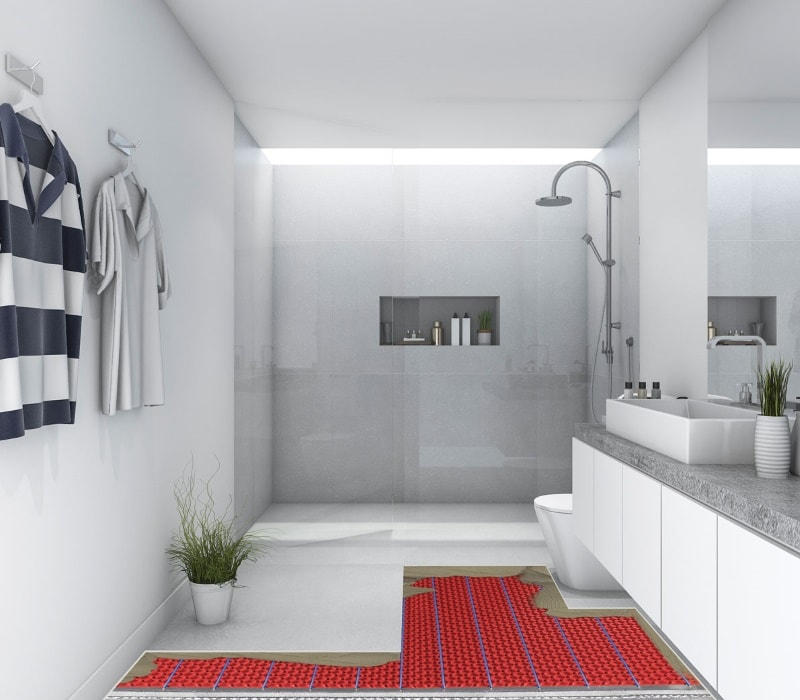
Bathrooms, with their typically chilly tile floors, are ideal spaces for radiant floor heating. A radiant floor heating system not only provides a luxuriously warm underfoot, it also reduces moisture and dampness, for a healthier bathroom environment.
Kitchens
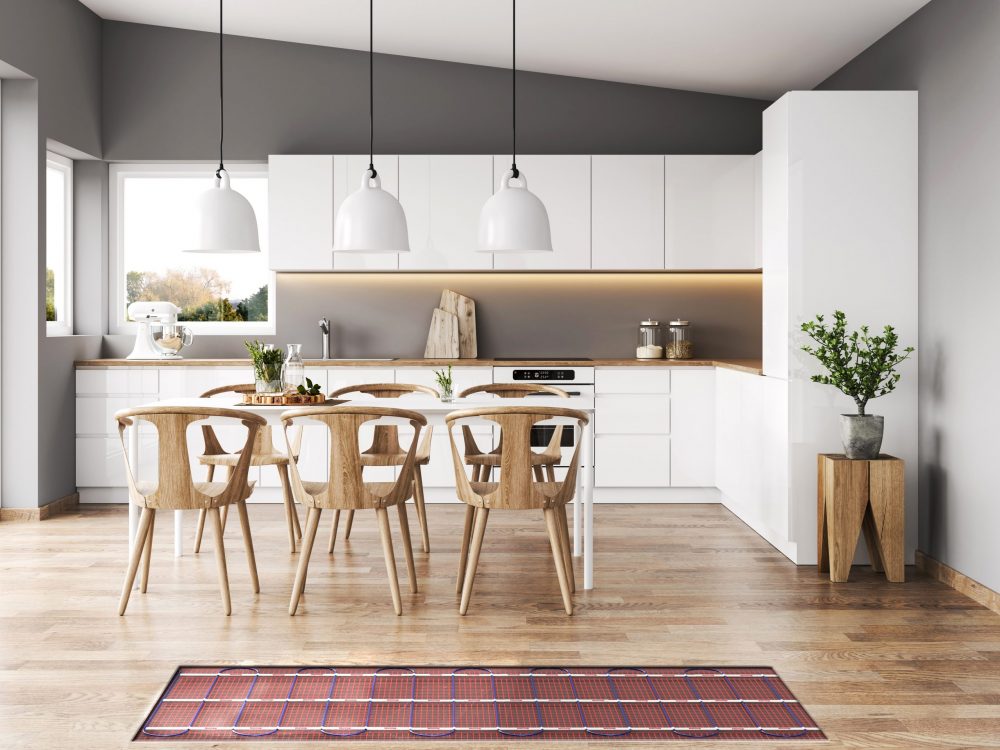
Kitchens are the heart of a home, and they can also greatly benefit from radiant floor heating, which makes the space cozy and inviting, especially during cold Minnesota winters. By providing an even distribution of heat without the dryness that can come from forced-air systems, radiant heat creates a more comfortable and stable environment. This can be particularly beneficial when preparing sensitive dishes that respond to consistent environments, as there are no sudden temperature changes or air currents that might impact the cooking process.
Bedrooms

Bedrooms are another excellent location for radiant floor heating, because they can provide a warm and comfortable space that’s important for restful sleep. Particularly in cold Minnesota winters, stepping onto a heated floor first thing in the morning makes for a pleasant start to the day.
Garages
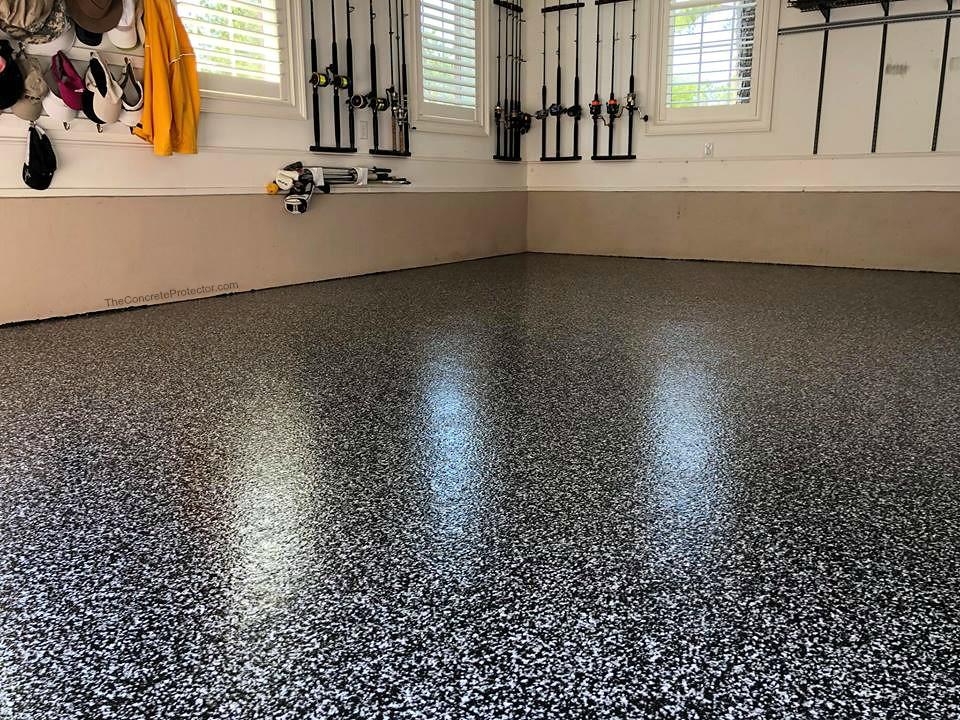
Garages, often overlooked, can greatly benefit from radiant floor heating. A radiant floor system installed in a garage floor helps to ensure a warm and comfortable workspace for winter projects, and a welcoming environment for your vehicle, that is guarded against the harsh Minnesota cold.
Home Offices
Home offices, now more prevalent than ever, are perfect candidates for radiant floor heating. A warm, comfortable workspace can improve productivity and make those long hours of remote work more enjoyable.
Basements

Basements, often susceptible to the cold, can significantly benefit from radiant floor heating. This system aids in creating a warm and cozy environment, by transforming a typically chilly basement into a comfortable living or entertainment space.
Sunrooms

Sunrooms are ideal spaces for radiant floor heating, ensuring a comfortably warm indoor space while enjoying the panorama of the outdoors. This system can transform a sunroom into a year-round relaxation spot, even during the cold winter months.
Driveways

Heated driveways, an often-overlooked application, are a practical and convenient solution for ice and snow removal during the harsh Minnesota winters. By installing a radiant heating system beneath your driveway, you can avoid the laborious and time-consuming process of manual snow clearing. This innovative approach ensures safety while also providing convenience and improving your property’s overall value.
Patios

Patio spaces, when equipped with radiant heating, can be a comfortable outdoor living area throughout the year, even in the middle of a Minnesota winter. Radiant heating can transform patios into warm and inviting spaces, and enhance your outdoor experience. This addition simultaneously increases the functionality and value of your property.
Tree House
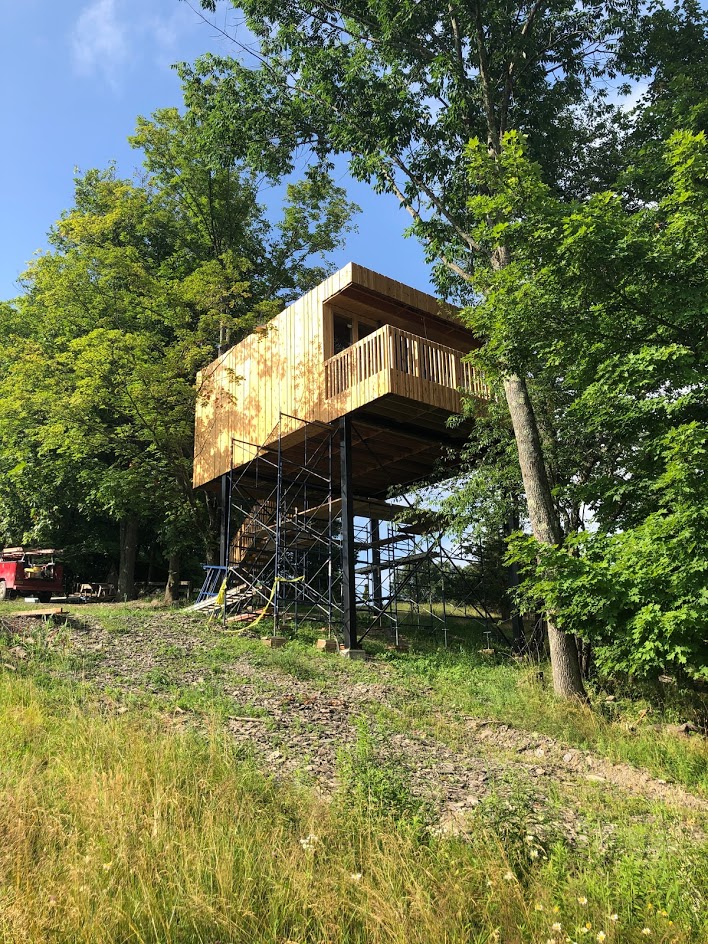
Utilizing radiant floor heating in a tree house can provide a comfortable and warm environment year-round. This solution is particularly beneficial during the chilly Minnesota winters, and a tree house can be a cozy retreat. An efficiently heated tree house not only enhances the appeal of your property but also increases its functional value.
Comparing Radiant Heating to Other Alternatives
Radiant Floor Heating vs. Furnace and Forced Air
When comparing radiant floor heating to traditional furnaces and forced air systems, the key factors to consider are energy efficiency, air quality, and comfort. Radiant heating provides uniform warmth, eliminates dust circulation, and operates silently, which makes it a superior choice for many homeowners. Especially in colder regions like Minnesota, the continuous, efficient heat supply from radiant floor heating creates a cozy and healthy living environment.
Radiant Floor Heating vs. Water-Based Systems
Radiant floor heating systems are easier to install, require less maintenance and can be more cost-effective over time, especially in colder climates like Minnesota. Water-based systems, while effective, often require more extensive plumbing work and regular maintenance to ensure optimal performance.
Radiant Floor Heating vs. Electric Baseboards
When comparing radiant floor heating to electric baseboards, several factors come into play. Electric baseboards, while initially cheaper and simpler to install, often result in higher energy bills, particularly in cold climates like Minnesota. On the other hand, radiant floor heating provides more efficient heat distribution that can lead to significant cost savings in the long run.
Radiant Floor Heating vs. Hybrid Heating
Comparing radiant floor heating to hybrid heating systems, it’s important to consider factors such as energy efficiency, cost-effectiveness, and installation complexity. Hybrid systems combine the strengths of different heating methods, but can be complex and costly to install. In contrast, radiant floor heating, particularly beneficial in Minnesota’s frigid winters, provides uniform warmth with relatively simple installation for potentially lower long-term costs.
Radiant Floor Heating vs. Space Heaters
When weighing radiant floor heating against space heaters, the key considerations should be efficiency and safety. Space heaters can provide quick heat to small areas, but often consume high energy and pose potential fire hazards. However, radiant floor heating offers even heat distribution, energy efficiency, and a safer heating solution, particularly beneficial for homeowners in Minnesota’s cold climate.
How Does Radiant Floor Heating Perform?
Recommendations for Best Performance of Radiant Floor Heating
Maximizing the performance of your underfloor radiant heating system, whether electric or hydronic, is crucial for maintaining comfort and ensuring energy efficiency. Here are several tips to get the most out of your system:
Proper Insulation
Ensure that your property is adequately insulated to prevent heat loss. Insulating the space below the radiant floor heating and around the edges of the slab can significantly reduce heat loss and improve heat retention. This measure is particularly vital in areas with colder climates as it ensures that more of the generated heat circulates into the living space rather than dissipating into the ground or the surroundings.
Thermostatic Controls and Zoning
Utilize advanced thermostatic controls to regulate the temperature of individual rooms. By creating zones, you can heat specific areas of the home based on occupancy and use which prevents unnecessary heating of vacant spaces. Programmable thermostats allow scheduled temperature adjustments in order to optimize energy use based on your living patterns.
Optimal Flooring Materials
The type of flooring used can significantly impact the efficiency of radiant heating. Materials with good thermal conducting properties, such as tile, stone, or concrete, are ideal because they transfer heat more efficiently and uniformly. If you prefer wood or carpet, select types that are compatible with radiant heating and have lower thermal resistance.
Regular Maintenance and System Checks
Though radiant floor systems require relatively low maintenance, periodic checks by a professional can prevent major issues down the line. For hydronic systems, this might include checking for leaks, monitoring the pressure, and ensuring the boiler is in good condition. For electric systems, this could mean checking for any potential wear and tear on the electrical wires or mats.
System Balancing
For hydronic systems, it is crucial to ensure proper system balance. This entails adjusting the water flow through different loops to achieve uniform heating to prevent areas from experiencing excessive heat or cold spots.
Energy-Efficient Practices
Incorporate smart energy practices, such as lowering the thermostat during bedtime or when the house is empty. Even slight adjustments can result in substantial energy savings over time.
Utilize Smart Home Integrations
If compatible, integrate your radiant floor heating system with your smart home ecosystem. This technology allows for more precise control, customization, and monitoring of your heating system, and it can potentially identify inefficiencies and adjust heating schedules based on your lifestyle.
Proper Installation
Last but not least, ensure your system is installed by professionals. Correct installation is key to your system’s efficiency and effectiveness. Professionals will make sure that the entire setup is optimized for your specific living space and needs.
By following these recommendations, you’ll optimize energy use, increase comfort, and extend the life of your underfloor radiant heating system, for cozy warmth throughout the colder months.
How to Install Radiant Floor Heating
Electric Systems
The process of installing an electric underfloor radiant heat system requires careful attention to detail.
The procedure starts with preparing the subfloor in order to make sure that it’s clean and free of sharp objects.
Next, insulation is installed to prevent heat loss downwards and to enhance the system’s efficiency.
The heating mats or wires are rolled out and evenly spaced for uniform heat distribution.
A floor sensor is placed between two heating elements to accurately measure the floor temperature.
The heating elements are then connected to the thermostat, followed by the installation of the floor covering.
It’s recommended to engage a certified electrician to make all electrical connections. After installation, the system should be tested thoroughly before the final flooring is laid down.
Hydronic Systems
The installation of a hydronic underfloor radiant heat system is a more intricate process that requires careful planning and professional expertise.
- The subfloor must be prepped and cleaned, similar to the electric system.
- A layer of insulation is added to minimize heat loss and increase efficiency.
- Once insulated, tubing tracks or plates are installed, which will hold the hydronic tubing (PEX) securely in place.
- The PEX tubing is then laid down in the tracks or plates, making sure that the loops are evenly spaced for balanced heating.
- Following the installation of the tubing, it is then connected to the water heater or boiler, and a pump is integrated into the system to facilitate the circulation of the heated water.
- Subsequently, the system is linked to a thermostat for precise temperature regulation, and the floor covering is meticulously installed.
Given the intricacy of this process, it is highly advisable to seek the services of a proficient professional experienced in hydronic systems for the installation. Once installed, a comprehensive testing procedure should be conducted to identify any potential leaks or pressure concerns prior to the final flooring installation and system activation.
How Much Does Radiant Floor Heating in Minnesota Cost?
Costs can vary depending on the system type, installation complexity, and square footage. On average, electric radiant floor heating runs between $8-$15 per square foot, while hydronic systems can cost between $6-$20 per square foot.
However, the long-term savings in energy bills and maintenance, combined with unmatched comfort, often justify the initial investment. To get a quick quote on the cost of an electric radiant heat system for your home in Minnesota, click here.
Is Radiant Floor Heating in Minnesota Practical for Commercial Buildings?
Yes, radiant floor heating is highly practical for commercial buildings in Minnesota. It offers a consistent and efficient heat source, especially in a cold climate, which makes it an ideal choice. Furthermore, it provides a comfortable atmosphere for both employees and customers, and it can lead to substantial energy savings in the long run.
Explore Warmup Radiant Floor Heating Options to Find Reliable Comfort in Minnesota
Warmup provides a diverse range of radiant floor heating solutions tailored to meet your heating needs in Minnesota. Warmup products are designed for efficiency, reliability, and optimal comfort. Whether you’re considering radiant heating for a small bathroom or a large commercial building, Warmup solutions are adaptable to spaces of all sizes.
Contact us today for more information!

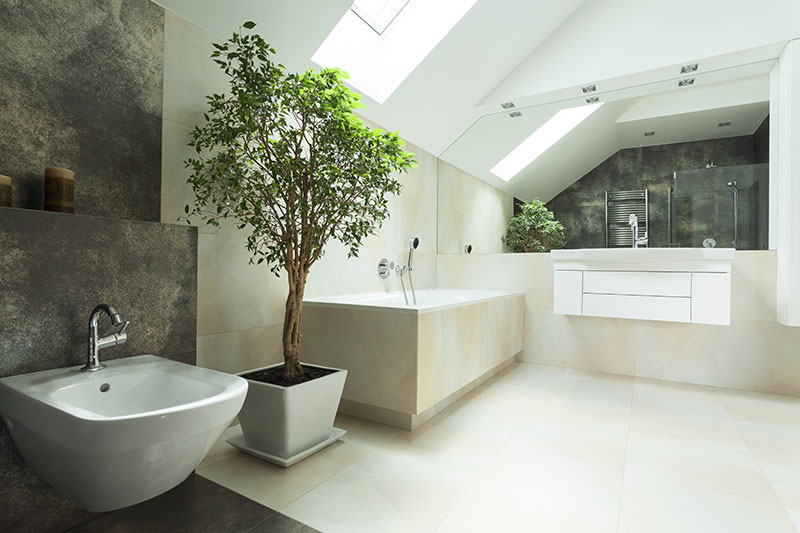
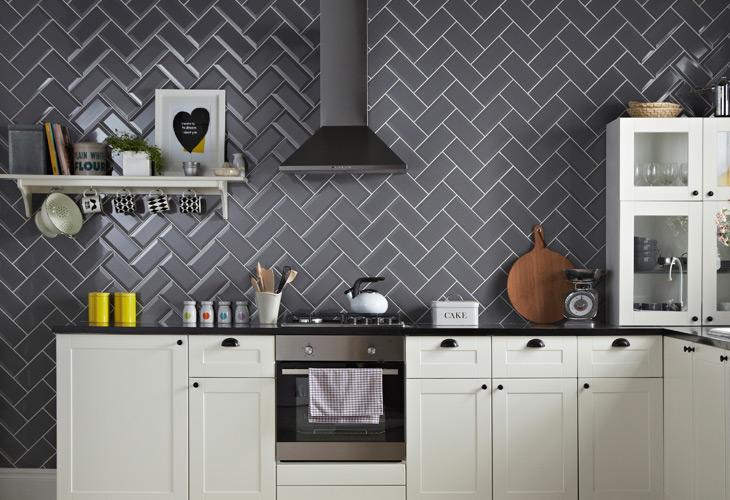
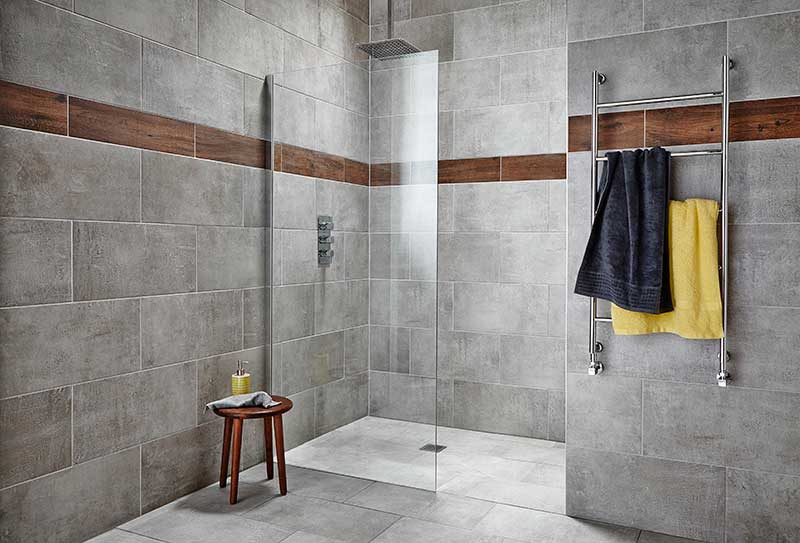

![Thumbnail [200x250]](/wp-content/uploads/Indoor-Systems-Page-Image.png)
![Thumbnail [200x250]](/wp-content/uploads/image-13.png)
![Thumbnail [200x250]](/wp-content/uploads/Projects-Image.png)